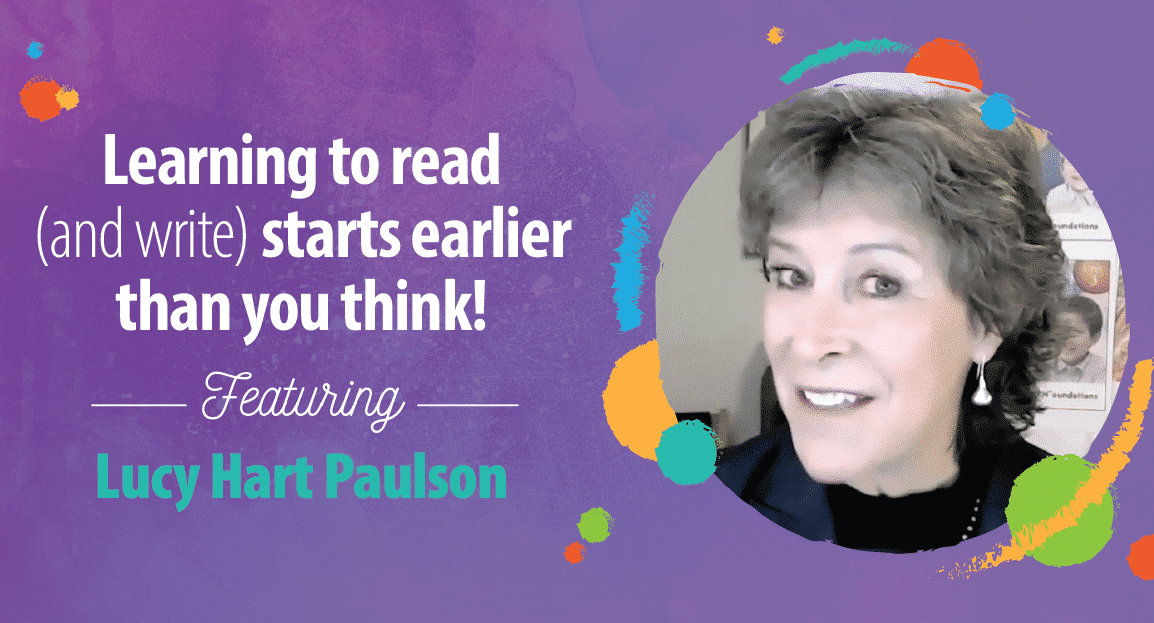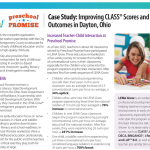Lucy Hart Paulson, co-author of LETRS for Early Childhood Educators, has an important message for parents, caregivers, and teachers everywhere: “Learning to read and write starts earlier than you think.”
Well before a child gets introduced to any explicit reading or writing instruction, their earliest interactions build an important foundation for later literacy skills. That foundation is made up of lots and lots of brain-building conversational turns. And it’s engineered to stand the test of time. Something as simple as a back-and-forth interaction with a cooing infant or a babbling toddler helps support a lifetime’s worth of reading and writing.
Think of the videos below, taken from a LENA webinar about the science of reading, as a kind of crash course in how learning to talk and learning to read and write happen in parallel.
Learning to talk: “Through the essence of the interactions that their care providers have with them”
How does a baby’s cooing turn into a toddler’s babbling, and how does a toddler come to “understand what the rhythm and pattern of language is”? According to Dr. Paulson, conversational turns play a big role! Children are listening to and imitating your words from the very beginning. This is early literacy in action.
Learning to read and write: “Becoming phonologically sensitive, … building a sense of phonemic awareness”
Dr. Paulson describes the process by which a child becomes “phonologically sensitive to the sound structure in our language.”
What does that mean?
In part, it’s about matching up a word’s sounds with its structure: the syllables of which it’s composed, for instance. She describes children as becoming “meta-phonological” in the preschool years. It’s with a newfound intentionality that they begin to play with what makes a word a word. And that, Dr. Paulson explains, is a key component of mapping the sound of a word onto its appearance in a book (or on a street sign, a cereal box, anywhere!).
Conversational turns: “One of the most important things we can do”
Putting it all together, Dr. Paulson explains how learning to talk and learning to read and write happen “in parallel form.” The important role that conversational turns play as a child begins to talk is mirrored as a child later begins “tuning into the structural aspects of the words that they know.”
You can’t improve what you don’t measure
Conversational turns are so simple, but they’re also very powerful! A baby’s brain structure, a toddler’s social development and emotional regulation, a preschooler’s vocabulary skills, even a middle schooler’s IQ score. They’re all linked to serve-and-return interactions. The more conversational turns a young child experiences, the better their outcomes will be.
Of course, you can’t improve what you don’t measure. That’s why LENA’s “talk pedometer” technology and data-driven programs help adults sharpen their focus on the importance of early talk. Dr. Paulson’s is the clearest description we’ve ever seen of the link between conversational turns and early literacy skills, and we are excited to spread that message far and wide.
[callout]



